Advertisements
Advertisements
प्रश्न
Under the influence of electric field, which of the following statements is true about the movement of electrons and holes in a p-type semiconductor?
(i) Electron will move towards the positvely charged plate through electron holes.
(ii) Holes will appear to be moving towards the negatively charged plate.
(iii) Both electrons and holes appear to move towards the positively charged plate.
(iv) Movement of electrons is not related to the movement of holes.
उत्तर
(i) Electron will move towards the positvely charged plate through electron holes.
(ii) Holes will appear to be moving towards the negatively charged plate.
Explanation:
In p-type semiconductor, the conductivity is due to existence of hole. When electric field is applied to p-type semiconductor hole starts moving towards negatively charged plate and electron towards positively charged plate.

APPEARS IN
संबंधित प्रश्न
p - type semi-conductors are made by mixing silicon with impurities of-
- germanium
- boron
- arsenic
- antimony
To prepare n-type semiconductor the impurity to be added to silicon should have the following number of valence electrons:
(a) 2
(b) 3
(c) 4
(d) 5
Distinguish between p-type and n-type semiconductors.
A group of 14 elements is converted into n-type semiconductor by doping it with:
In n-type semiconductor, current is carried by ____________.
To get n-type of semiconductor, germanium should be doped with ____________.
To get a n-type semiconductor from silicon, it should be doped with a substance with valence ______.
A perfect crystal of silicon (Figure) is doped with some elements as given in the options. Which of these options show n-type semiconductors?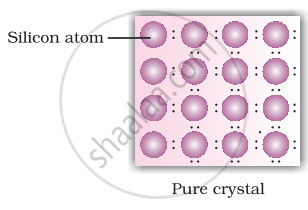
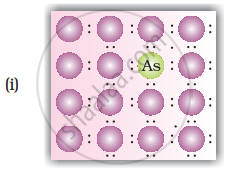
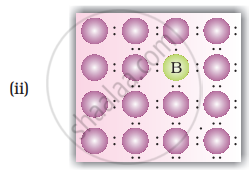
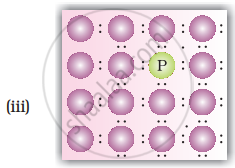
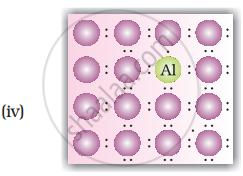
Explain why does conductivity of germanium crystals increase on doping with galium.
How does the doping increase the conductivity of semiconductors?
